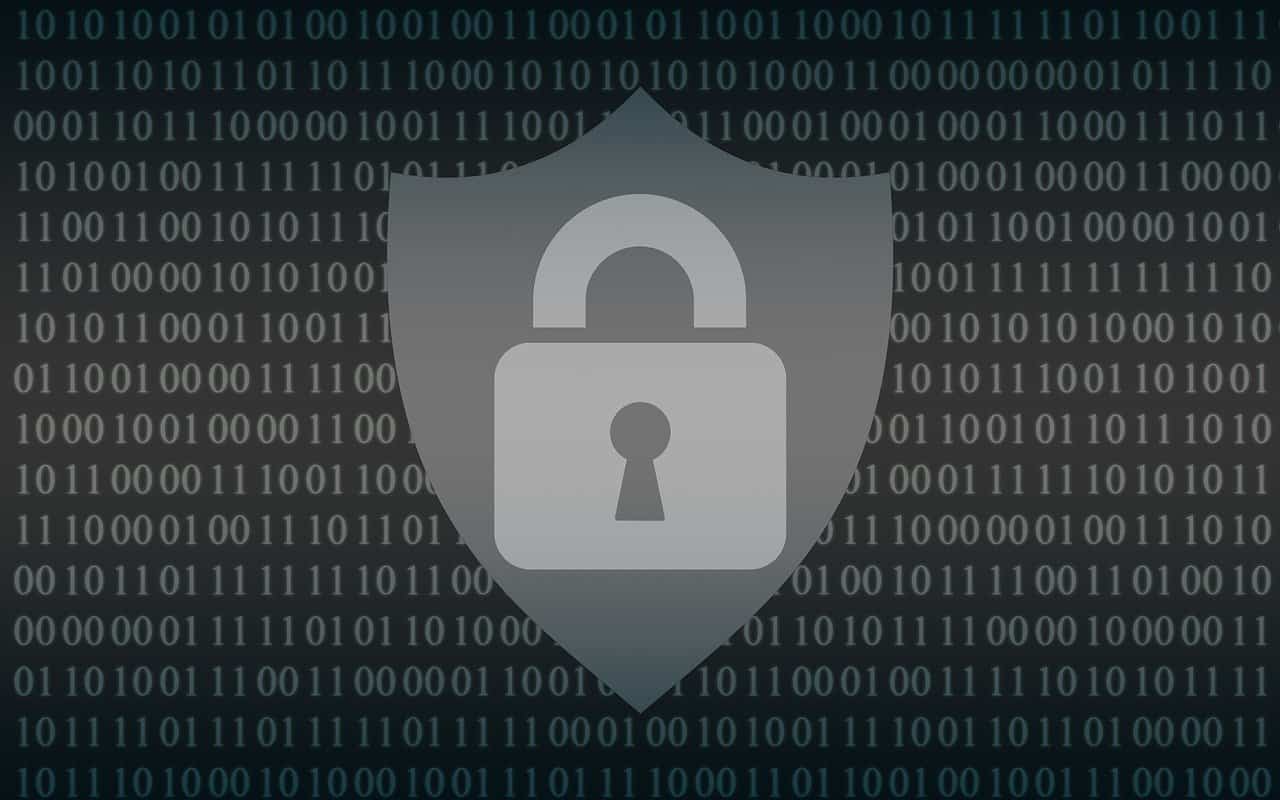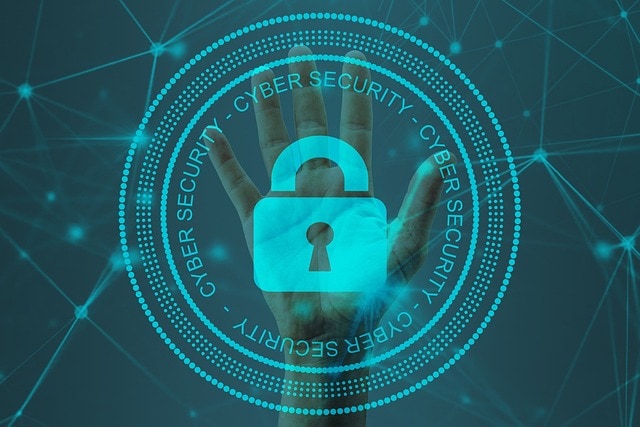As a business owner, you’re likely familiar with the constant evolution of digital risks. If you’re looking for an approach to help keep your business safe, the zero trust security model is worth implementing.
Read on as we go over what the zero trust model entails, why it’s essential for your business, and how implementing it can fortify your digital defenses.
What Is the Zero Trust Security Model?
The zero trust security model is a paradigm shift in cybersecurity philosophy. Traditionally, businesses adopted a perimeter-based security approach, assuming that once inside the network, users and devices were implicitly trustworthy. However, with the increasing sophistication of cyber threats, this assumption is no longer true.
The zero trust model challenges the conventional notion, asserting that trust should not be automatically granted to anyone, whether inside or outside the network. Instead, it emphasizes continuous verification and validation of every user, device, and application attempting to access your network. In essence, trust is never assumed, and security is maintained at all levels, creating a strong defense against potential breaches.
Key Principles of the Zero Trust Security Model
The zero trust security model keeps data safe by following these key principles:
Verify Identity and Authenticate Continuously
In a zero trust environment, identity verification is the cornerstone. Every user, device, or application seeking access must undergo rigorous authentication processes. Multi-factor authentication (MFA) is also a standard practice, adding an extra layer of security beyond simple passwords. Continuous verification ensures that access privileges are dynamically adjusted based on real-time risk assessments.
Least Privilege Access
The least privilege access principle is that users and devices should only have access to the resources necessary for their specific roles. This minimizes the potential impact of a compromised account and reduces the attack surface, making it harder for malicious actors to move laterally within your network.
Micro-Segmentation
Zero trust advocates for the implementation of micro-segmentation, dividing the network into smaller, isolated segments. This restricts lateral movement and contains potential breaches. Even if a threat gains access to one segment, the damage is limited, enhancing overall network resilience.
Continuous Monitoring and Analysis
Constant vigilance is a hallmark of the zero trust security model. Continuous monitoring of user behavior, network traffic, and system activities helps identify anomalies promptly. Machine learning and behavioral analytics detect deviations from normal patterns, enabling swift responses to potential threats.
Assume a Breach Will Occur
The zero trust model operates on the assumption that no environment is impervious to breaches. As such, the focus shifts from solely preventing breaches to quick detection, containment, and mitigation. By embracing a proactive stance, businesses can minimize the impact of security incidents.
Why Zero Trust Is Essential for Your Business
When considering having a zero trust security model in place to help your business, consider these points:
Evolving Cyber Threats
Traditional security measures are no match for the evolving tactics of cybercriminals. From sophisticated phishing attacks to ransomware, the threat landscape is dynamic and ever-changing. The zero trust model adapts to these challenges by prioritizing continuous verification and adaptive security measures.
Remote Work and Bring Your Own Device (BYOD) Trends
The modern business landscape often involves remote work and the use of personal devices for work-related tasks. These trends expand the potential attack surface. Zero trust provides a framework that accommodates these shifts, ensuring that regardless of the location or device, stringent security measures are in place.
Protection of Sensitive Data
For businesses handling sensitive data, such as customer information or proprietary data, the stakes are higher. The zero trust model acts as a virtual vault, ensuring that only authorized entities can access and interact with sensitive information. This level of protection is essential for maintaining customer trust and ensuring regulatory compliance.
Lessening Insider Threats
Insider threats, whether intentional or unintentional, pose a significant risk to businesses. The zero trust model helps lessen this risk by continuously monitoring user behavior, detecting unusual patterns, and limiting access privileges based on real-time assessments. This proactive approach significantly reduces the likelihood of insider-related security incidents. Moreover, zero trust facilitates detailed auditing and logging, allowing businesses to trace any suspicious activities back to their source, whether internal or external.
Regulatory Compliance
For businesses operating in regulated industries, compliance with data protection and privacy laws is non-negotiable. The zero trust security model aligns seamlessly with regulatory requirements by providing a comprehensive framework for protecting sensitive data. Whether it’s the Health Insurance Portability and Accountability Act (HIPAA) in healthcare or the General Data Protection Regulation (GDPR) in the European Union, implementing zero trust ensures that your security measures meet and exceed regulatory standards.
Implementing Zero Trust in Your Business
To use the zero trust security model in your business, apply the following steps:
- Assess Your Current Security Posture: Before embarking on the zero trust journey, conduct a thorough assessment of your current security infrastructure. Identify potential vulnerabilities, gaps in access controls, and areas where the principle of least privilege is not enforced.
- Define Access Policies and Segmentation: Develop and implement access policies based on the principle of least privilege. Clearly define who has access to what resources, and ensure that segmentation is in place to restrict lateral movement within your network.
- Embrace Multi-Factor Authentication (MFA): Implement MFA across all user accounts and devices. This additional layer of authentication enhances the verification process, making it more difficult for unauthorized users to gain access.
- Leverage Automation and Machine Learning: Utilize automation and machine learning tools to continuously monitor and analyze network activities. These technologies can quickly identify anomalies and potential threats, allowing for immediate response and mitigation.
- Educate and Train Your Team: A successful implementation of the zero trust model requires the collaboration of your entire team. Educate employees about the principles of zero trust and the role they play in maintaining a secure environment. Regular training sessions keep everyone informed about evolving threats and best practices.
- Engage in Regular Security Audits: Regular security audits assess the effectiveness of your security measures, identify areas for improvement, and ensure that your zero trust implementation evolves with the dynamic threat landscape. This proactive approach not only enhances your security posture but also demonstrates a commitment to continuous improvement in safeguarding your business against cyber threats.
- Foster a Security-Aware Culture: Foster a security-aware culture where employees at all levels understand the importance of cybersecurity. Encourage the reporting of potential security issues and provide ongoing training to keep everyone abreast of the latest threats and best practices.
If you’re interested in a zero trust model of cybersecurity or other IT services to improve your business, CMIT Solutions of Northern Shenandoah Valley can help. Contact us today to get started.





